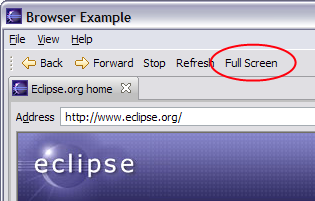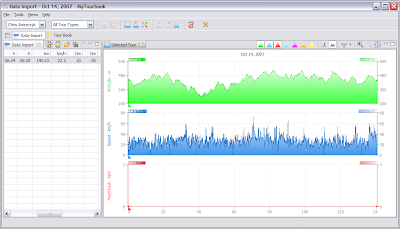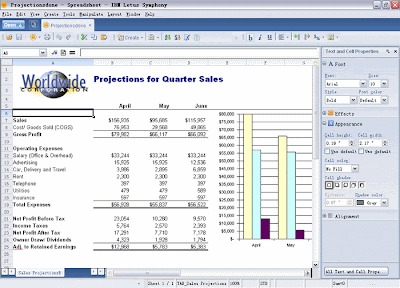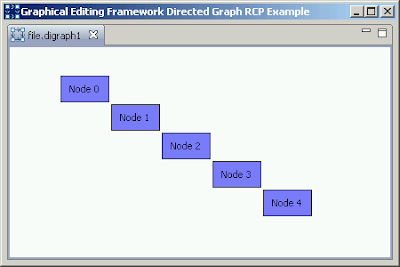I came across a bug in PDE recently regarding content types.
For example, let’s pretend you had a xml file like this:
<?xml version="1.0" encoding="UTF-8"?>
<scr:component xmlns:scr="http://www.osgi.org/xmlns/scr/v1.1.0"
name="Command Provider for Dictionary Service">
<implementation class="org.eclipse.example.ds.ServiceComponent"/>
<service>
<provide interface="org.eclipse.osgi.framework.console.CommandProvider"/>
</service>
<reference
bind="setDictionary"
cardinality="1..1"
interface="org.eclipse.example.ds.DictionaryService"
name="Dictionary"
policy="static"
unbind="unsetDictionary"/>
</scr:component> |
<?xml version="1.0" encoding="UTF-8"?>
<scr:component xmlns:scr="http://www.osgi.org/xmlns/scr/v1.1.0"
name="Command Provider for Dictionary Service">
<implementation class="org.eclipse.example.ds.ServiceComponent"/>
<service>
<provide interface="org.eclipse.osgi.framework.console.CommandProvider"/>
</service>
<reference
bind="setDictionary"
cardinality="1..1"
interface="org.eclipse.example.ds.DictionaryService"
name="Dictionary"
policy="static"
unbind="unsetDictionary"/>
</scr:component>
And this content type extension definition:
<extension
point="org.eclipse.core.contenttype.contentTypes">
<content-type
base-type="org.eclipse.core.runtime.xml"
file-extensions="xml"
id="org.eclipse.pde.ds.core.content-type"
name="%content-type.name"
priority="high">
<describer
class="org.eclipse.core.runtime.content.XMLRootElementContentDescriber2">
<parameter
name="element"
value="component">
</parameter>
</describer>
</content-type>
</extension> |
<extension
point="org.eclipse.core.contenttype.contentTypes">
<content-type
base-type="org.eclipse.core.runtime.xml"
file-extensions="xml"
id="org.eclipse.pde.ds.core.content-type"
name="%content-type.name"
priority="high">
<describer
class="org.eclipse.core.runtime.content.XMLRootElementContentDescriber2">
<parameter
name="element"
value="component">
</parameter>
</describer>
</content-type>
</extension>
Looks ok, right? The content type should be associated with files that start with the component tag. Cool! Well, the problem is since Eclipse is open for contribution, someone else can come along and define a “component” format and than you have the problem of your editor associations being messed up. Many bad things can happen.
<?xml version="1.0" encoding="UTF-8"?>
<component name="stuff">
<...>
</component> |
<?xml version="1.0" encoding="UTF-8"?>
<component name="stuff">
<...>
</component>
The fix is to have my content type definition scoped by namespace. This is trivial since XMLRootElementContentDescriber2 supports namespaces.
<describer
class="org.eclipse.core.runtime.content.XMLRootElementContentDescriber2">
<parameter
name="element"
value="{http://www.osgi.org/xmlns/scr/v1.1.0}component">
</parameter>
</describer> |
<describer
class="org.eclipse.core.runtime.content.XMLRootElementContentDescriber2">
<parameter
name="element"
value="{http://www.osgi.org/xmlns/scr/v1.1.0}component">
</parameter>
</describer>
You learn something new everyday.








